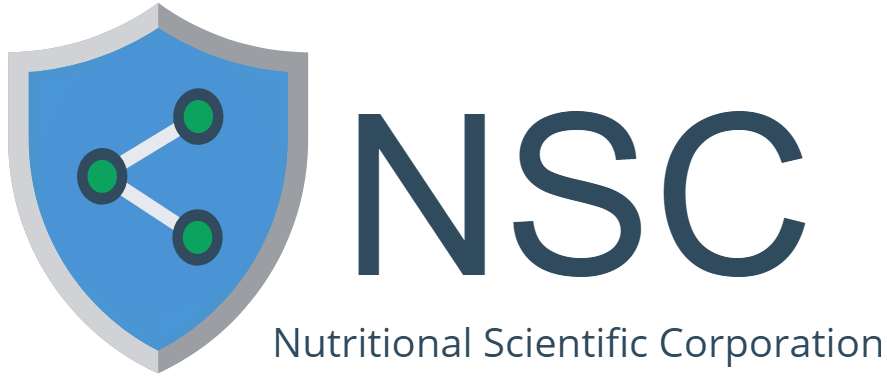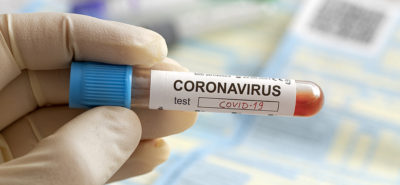Beta Glucans….Micronized Particles more Bioavailable and Faster Acting for Better Body Absorption.
Beta glucan, extracted from yeast cell walls of baker’s yeast, is a biological response modifier. β-glucans act on several immune receptors including Dectin-1, complement receptor (CR3) and TLR-2/6 and trigger a group of immune cells including macrophages, neutrophils, monocytes, natural killer cells and dendritic cells. When micronized (1 to 5 microns) have health benefits from being more bioavailable and more bioactive than large particle globular/agglomerated/aggregated (6 to 500 microns) size beta glucan particles (see photos below of Better Way Health vs NSC MG Beta glucan.)
Taber’s Medical Dictionary defines bioavailability as “the rate and extent to which an active drug or metabolite enters the general circulation, permitting access to the site of action. The level of bioactivity is important since if a product is not absorbed by the body, it will not produce the desired effect and the better the bioactivity the faster the desired effect is obtained.
The receptor sites on the immune cells that internalize beta glucan are about 1-2 microns. It just makes sense to optimize that ingestion without needing to break down larger, globular, chunks of beta glucan to the receptor size, increasing the activity of macrophages and their immune function. The globular chunks use up needed chemicals that kill pathogens and slow down the process of potentiating the immune response and the degree of utilization in a multitude of immune cells instead of just a few.
A problem most glucans do not address is re-aggregation or clumping. While the MG Beta Glucan during digestion is not significantly affected by acid or enzymes, when water is encountered, untreated glucans will re-aggregate, or literally clump together. This will happen with inferior glucans, regardless of their purity. This is what sets MG Beta Glucan apart from the other yeast β-glucans.
“As the glucan re-aggregates to a size of greater than one micron in diameter, some of the beneficial effect of the glucan is not achieved because the macrophage receptors are not activated as readily by glucan greater than one micron in diameter because the receptor size on corresponding cells and molecules that accept the glucan is generally about one micron in size. …
As the glucan re-aggregates into particles of greater than one micron in diameter, it appears to pass through an animal or human digestive system without substantially complete absorption.” This re-aggregation inhibits immunomodulatory activity, again regardless of purity.
Beta Glucan Truth:
Zechner-Krpan V, Petravic-Tominac V, Galovic P, Galovic V, Filipovic-Grcic J, Srecec S, “Application of different drying methods on B-GlucaniIsolated from spent brewer’s yeast using alkaline procedure, ” U of Zagreb, Agriculturae Conspectus Scientificus, Vol 75, No 1 2010. Quote: “The macrophage phagocytosis is more enhanced by microparticulate B-glucan than by its aggregated [large particle size] form. …The particles having 1-2 µm [microns] in diameter are optimally phagocytized by macrophages.”
Pacheco P et al 2013, PLoS One. 2013 Apr 22; 8(4): e60989. PMID: 23630577 ; PMCID:PMC363260 . Quote: ”smaller opsonized microparticles (0.5 µm to 2 µm) can deliver bio-active substances to a greater percentage of the macrophage population. (µm =microns 1 micron = 1/25400 inch)..”
Frank Jordan, Research Director for Nutritional Scientific Corporation, stated without reservation the current (8/20/20 to 2/21/23) claim by WebMD implied to NSC and U.S. Patent 6,476,003 apparently referred to by WebMD on which he is Co-Inventor is false. For extensive medical school research by numerous medical researchers, including U.S. Patent inventors, go to www.glucantruth.com.
Competitors of NSC continue to make false statements related to the NSC micronized Beta 1,3/1,6 glucan and the fact micronization involving micron or nano particles (1 micron=1,000 nanos) of beta 1,3/1,6 glucan produce enhanced bioavailability of smaller micronized particles. For the most comprehensive research on glucans from yeast, including animal studies and human studies, go to www.betaglucan.org and refer to the “Micronization” research section for truth related to beta glucan micronization.


Information and statements regarding dietary supplements or other products have not been evaluated by the U.S. Food and Drug Administration and are not intended to diagnose, cure, treat, mitigate, or prevent any disease.






